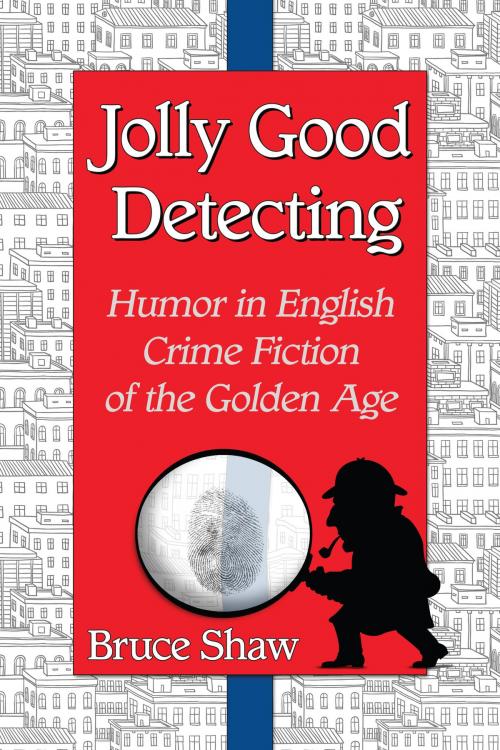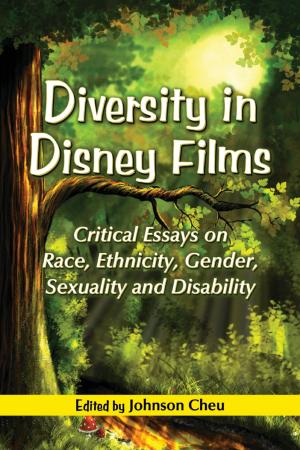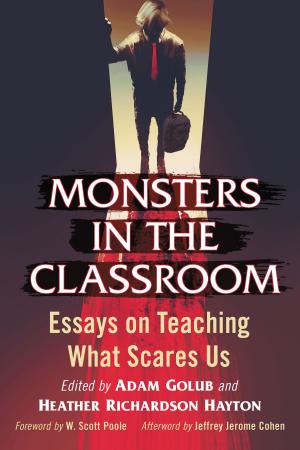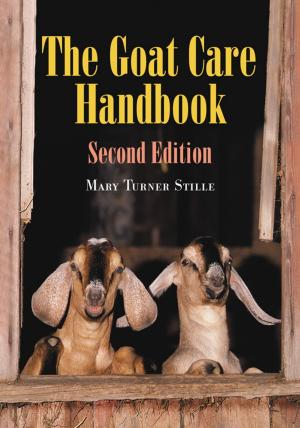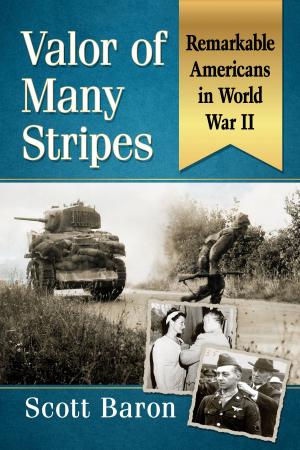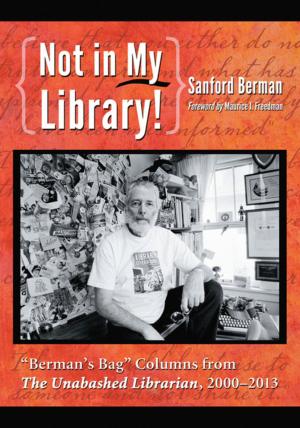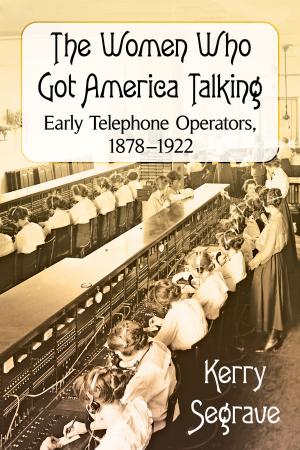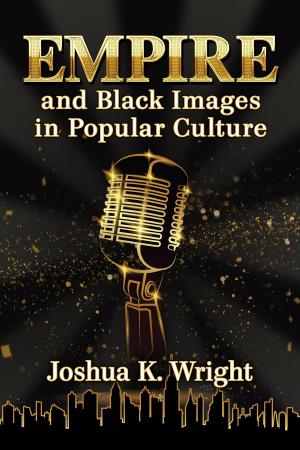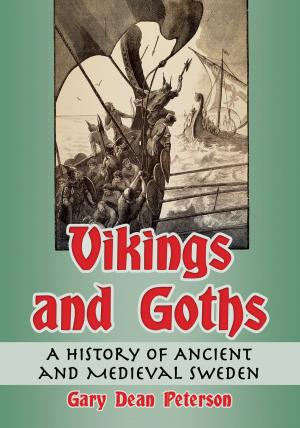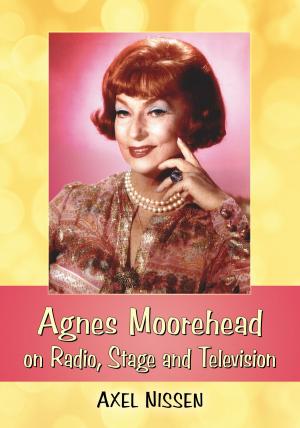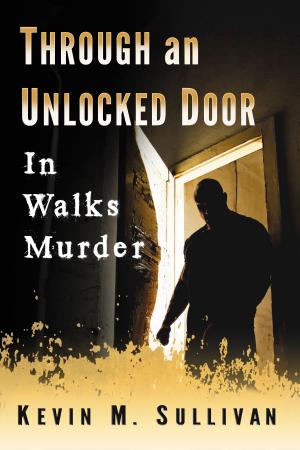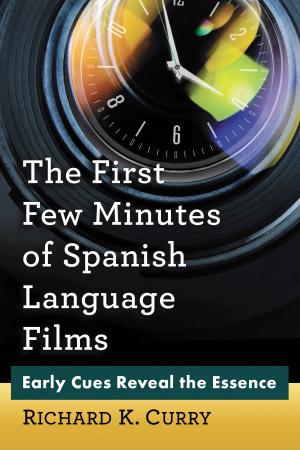Jolly Good Detecting
Humor in English Crime Fiction of the Golden Age
Fiction & Literature, Literary Theory & Criticism, Mystery & Detective Fiction| Author: | Bruce Shaw | ISBN: | 9781476613963 |
| Publisher: | McFarland & Company, Inc., Publishers | Publication: | December 19, 2013 |
| Imprint: | Language: | English |
| Author: | Bruce Shaw |
| ISBN: | 9781476613963 |
| Publisher: | McFarland & Company, Inc., Publishers |
| Publication: | December 19, 2013 |
| Imprint: | |
| Language: | English |
This book is an appreciation of selected authors who make extensive use of humor in English detective/crime fiction. Works using humor as an amelioration of the serious have their heyday in the Golden Age of crime writing but they belong also to a long tradition. There is an identifiable lineage of humorous writing in crime fiction that ranges from mild wit to outright farce, burlesque, even slapstick. A mix of entertainment with instruction is a tradition in English letters. English crime fiction writers of the era circa 1913 to 1940 were raised in the mainstream literary tradition but turned their skills to detective fiction. And they are the humorists of the genre. This book is not an exhaustive study but an introduction into the best produced by the most capable and enjoyable authors. What the humorists seek is to surprise the reader by overturning their expectations using a repertoire of stylistic conceits and motifs (recurring incidents, devices, references). Humor has a liberating effect but is concerned too with “comic contrast” through ugliness and caricature. In crime fiction one effect is intellectual pleasure at solving (or attempting to solve) a puzzle. Another is entertainment but with serious undertones.
This book is an appreciation of selected authors who make extensive use of humor in English detective/crime fiction. Works using humor as an amelioration of the serious have their heyday in the Golden Age of crime writing but they belong also to a long tradition. There is an identifiable lineage of humorous writing in crime fiction that ranges from mild wit to outright farce, burlesque, even slapstick. A mix of entertainment with instruction is a tradition in English letters. English crime fiction writers of the era circa 1913 to 1940 were raised in the mainstream literary tradition but turned their skills to detective fiction. And they are the humorists of the genre. This book is not an exhaustive study but an introduction into the best produced by the most capable and enjoyable authors. What the humorists seek is to surprise the reader by overturning their expectations using a repertoire of stylistic conceits and motifs (recurring incidents, devices, references). Humor has a liberating effect but is concerned too with “comic contrast” through ugliness and caricature. In crime fiction one effect is intellectual pleasure at solving (or attempting to solve) a puzzle. Another is entertainment but with serious undertones.
